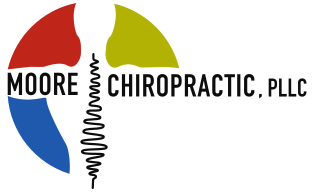Chiropractic
Chiropractic care using our gentle, modern approach will alleviate any fears of getting your bones “cracked”, but rather provide a safe and enjoyable chiropractic experience that will create positive results.
Chiropractic care is a non-invasive form of health care. Using gentle and specific chiropractic adjustments, Doctors of Chiropractic help relieve pressure from your nervous system to help restore function to the rest of your body and promote healing, naturally.
Injury Treatment
Treating auto and work related injuries to help you feel your best again.
Did you know that chiropractic treatment is almost twice as effective than traditional medical care at reducing back pain?
Rehabilitation
Chiropractic care plays a crucial role in rehabilitation by addressing musculoskeletal issues, promoting proper alignment, and enhancing joint function. Through targeted adjustments, chiropractors can alleviate pain, improve flexibility, and expedite recovery, providing a holistic approach to rehabilitation that supports overall physical well-being.
Prenatal
One of our passions is delivering specific and gentle chiropractic adjustments to expecting mamas to help support a healthy pregnancy. Adjustments throughout pregnancy can help ease aches and pains, promote pelvic balance, and prepare your body for the best possible birthing experience.
Pediatric
We all want the best for our children, right? Of course! From the moment of conception on, your world revolves around making sure they have everything they could possibly need to live a long, healthy life. What about kids and chiropractic care? Chiropractic offers you and your family a solid foundation for health, now and in the future.
Sports Medicine
Chiropractic care is a valuable asset for athletes, optimizing performance by addressing biomechanical imbalances, promoting joint flexibility, and reducing the risk of injuries. Through specialized adjustments, chiropractors help athletes maintain peak physical condition, enhance recovery, and achieve optimal musculoskeletal function for improved athletic prowess.
Health and Wellness Counseling
Educating all ages in proper spine and joint health is important. We take the time to now only treat your symptoms but educate you to on how to stay healthy.
